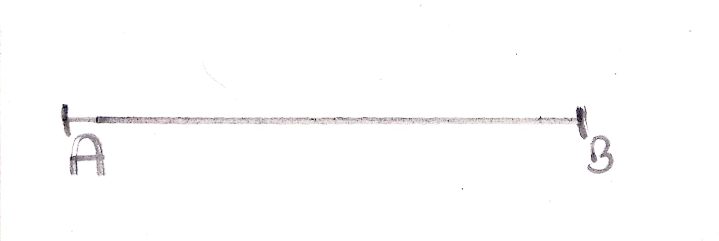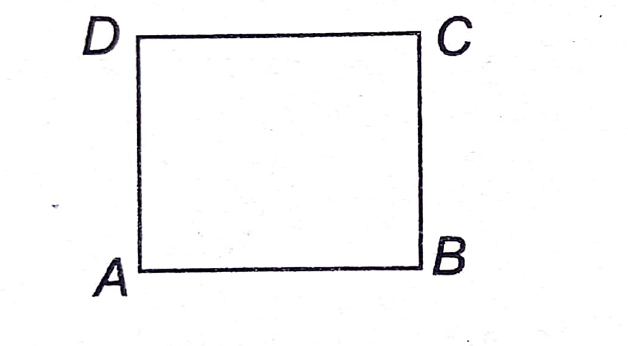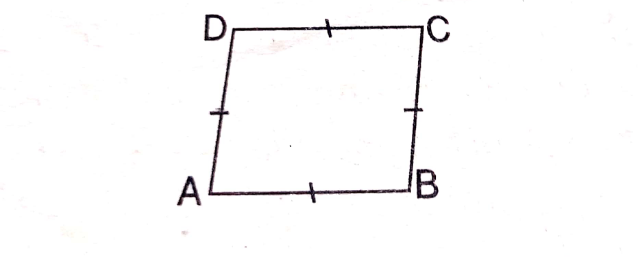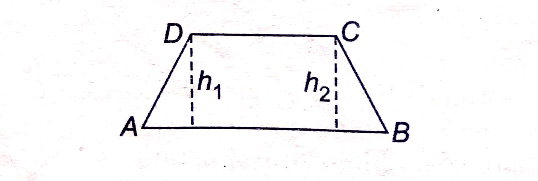Basic Geometry
Point
- A point has no length or breadth. It is an exact location in space.
Line
- A line has no end point. It is of infinite length we cannot draw a line on paper but it represent by a diagram.
Line sagment
- A line sagment has two end point. It has a fixed length.
Ray
- A Ray has one fixed starting point but no end point.
Plane
- A plane is concept which can only be visualized by any level surface like table top, floor of room etc. All these surface have edge wheres a plane stretches endlessly on all sides like a line.
Curved Line
- Curves are everything which you draw without lifting the pencil from the paper.
Angle
- A figure consisting of two rays with common initial point is called an angle.
Acute Angle
- Those Angles which are less than 90° is called Acute Angles (like: 1°,15°,25°,60°,80°...89°)
Right Angle
- Angle of 90° is called Right Angle.
Obtuse Angle
- Angle greater than 90° & less than 180° is called Obtuse Angle. (like: 95°,120°,...179°)
Straight Angle
- Angle of 180° is called Straight Angle.
Reflex Angle
- Angle which is greater than 180° and less than 360° is known as reflex angle(like:181°,....359°)
Relation b/w two Angles
Complementary Angles
- If the sum of two angels is equal to 90° which are called Complementary Angles.
Eg. 35°&55° , 45°&45°, 60°&30°, etc.
Supplementary Angles
- If sum of two angles is equal to the 180° which are called Supplementary Angles.
Eg. 120°&60°, 160°&20°, etc.
Vertically opposite angles
- When two lines intersect each other then angles formed are known as vertically opposite angles.
- vertically opposite angles are equal.
Parallel lines
- Lines which do not intersect Each Other are known as parallel lines. Distance between two Parallel Lines always remains constant. Denoted by AB||CD.
Transverse line
- A line which cuts any two or more than two lines if a transversal line cuts two Parallel Lines, then
2-Diamention
2D/plane figure, i.e. it have only length & breath.
Triangles & quadrilateral are some examples of plane figures.
Triangle
- Which is surrounded by three sides is called a triangle. There are three sides & three angles in a Triangle.
- Sum of three angles of a triangle is,
- Sum of any two angles is greater than third angle.
- Types of Triangle:-
On the Basis of sides
I) Equilateral triangle :- A triangle having all sides are equal.
II) Isosceles triangle :- A triangle having only two sides are equal.
AC = CB
III) Scalene triangle :- A Triangle having no equal sides.
AB ≠ BC ≠ CA
On the Basis of Angles
I) Right Angle Triangle :- A Triangle in which one angle is 90°.
II) Acute Angle Triangle :- A Triangle in which all angle less than 90°.
III) Obtuse Angle Triangle :- A Triangle in which only one angle is greater than 90°.
Quadrilateral
- It is surrounded by four sides is called quadrilateral.
- Any four sides closed figure is called Quadrilateral.
- The sum of the angles of a quadrilateral is 360°.
Rectangle
- A four sides closed figure whose opposite sides are equal.
- Each angle 90°(Right Angle)
Square
- A four sides closed figure whose all sides are equal.
- Each angle 90°(Right Angle)
Parallelogram
- Parallelogram have both pair of opposite sides are parallel.
- All sides not equal.
- Any angle ≠ 90°.
Rhombus
- A parallelogram in which all sides are equal.
- Any angle ≠ 90°
Trapezium
- A quadrilateral, in which only one pair of opposite side is parallel.
Circle
- A closed figure in a plane which shows the path traced by moving about a point from a fixed point is called circle.
- Fixed point is called Centre of circle.
Radius
- The straight line joining the centre and circle is called radius.
Diameter
- Straight line which passes through the centre and joining the circumference from both sides.
Circumference
- The distance measured along a circle is called its circumference.
































Post a Comment